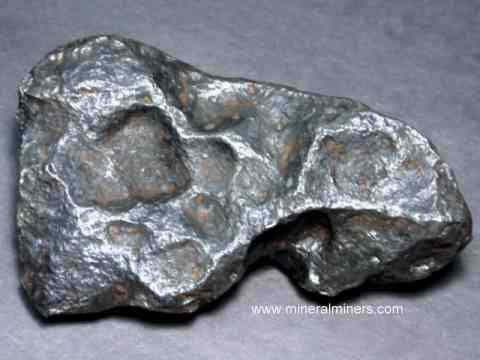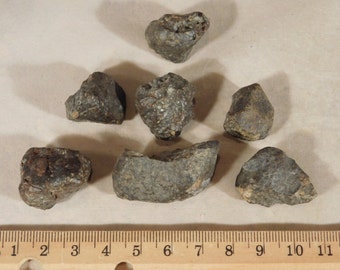


It’s like you’re reporting the news, you’re not thinking about the news.
Real meteorite movie#
The apathy of the reporters, how incurious they were, reminded me of the movie Don’t Look Up. It was just mind-blowing that that’s what they asked him about. Man, I just couldn’t believe it when I saw it on YouTube. They didn’t ask at all about the life-on-Mars aspect of the press conference. This is a really exciting time to be living.” And one of the reporters asked about his tie, and one of them asked about Republicans trying to get rid of abortion rights. Bill Clinton had a press conference about it, and was saying basically, “OK, some of our NASA scientists have found something really cool. If you have a scientific report that shows that life exists on another planet, that’s a civilization-changing discovery. Some researchers found what they thought was evidence of life in a Martian meteorite. One anecdote in Impact struck me as an epitome of contemporary attitudes toward science.Īt one point in Impact you seem more than a little annoyed about the questions reporters asked during one of Bill Clinton’s White House press conferences. Because his book is about meteorites and comets, I had to ask about the movie, Don’t Look Up. He was as chill on Zoom as he appears on the page. “As we are able to investigate more of these pre-Iron Age objects from around the world with ever-improving technology, we will learn more about the technology available to these ancient cultures, who they traded with, and how material from outer space influenced their cultures and shaped their belief systems.”īrennecka breezily fielded my questions. “It is really great that even with non-destructive techniques, which are often required when dealing with objects like this, we are able to learn tons about how this artifact was made and from what materials,” Brennecka said. It’s the sort of nifty detail Brennecka would’ve loved to feature in his book. The special knife, analysis suggests, was a gift from the king of Mitanni across the sea to Amenhotep III, the grandfather of Tut. There’s hints of a foreign origin, possibly Anatolia. What’s more, the adhesive on the hilt-a lime rather than a gypsum plaster-suggests the dagger wasn’t Egyptian made. “I really enjoyed looking at stuff and figuring out what’s going on, and that’s basically all you do in geology.” Photo by Xenia Ritter.Īccording to the new research, the amount of nickel and a smattering of sulfur-rich black spots on the dagger, among other features, suggest it was likely forged at low temperatures from a kind of iron meteorite called an octahedrite, for its eight-faced crystal structure. ROCK LOVER: How did Greg Brennecka find his way to science? “When I was a kid, I liked being outside,” he said. In Impact, which is buoyed by Brennecka’s amusing footnotes and illustrations, he delights in the many ways meteorites shaped culture, from the creation of Christianity to the pointy accouterments of King Tut. “They represent the origins of Earth and humanity.” Their intrusion on the historical record is no less profound. “Meteorites are not just museum relics or interesting items to buy on the internet as physical reminders of the death of the dinosaurs,” he writes. It’s a love letter to his scientific obsession: meteorites. Cosmochemist Greg Brennecka, who wasn’t involved in the study, recently told Nautilus that it was made from materials seeded by an ancient meteorite.īrennecka is a staff scientist at the Lawrence Livermore National Laboratory, in California, and the author of a new book, Impact: How Rocks from Space Led to Life, Culture, and Donkey Kong. Alas, the dagger wasn’t forged by extraterrestrials-who unfortunately have yet to let us know where they are-but it did come from beyond Earth. The Japanese scientists published the findings of their chemical analysis of the boy pharaoh’s gold-hilted knife in February 2022-a nice coincidence since this year marks the 100th anniversary of the tomb’s historic, perhaps inglorious, excavation. It’s been the subject of conspiracy theories and pseudoscience because the exquisite design, to some, suggests it must be from outer space. In 2020, Japanese scientists had the enviable opportunity of going to the Egyptian Museum in Cairo to examine King Tutankhamun’s “space” dagger.


 0 kommentar(er)
0 kommentar(er)
